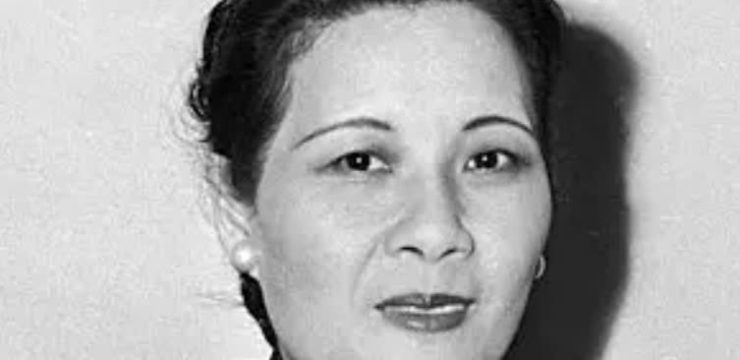Ever since Evelyn Harcourt first noticed that food and treats were mysteriously vanishing from her once secure home, she began to suspect that something was terribly amiss.

Her house, nestled on a quiet Maplewood street, had always been her sanctuary—a blend of classic charm and modern convenience where every detail, from the soft hum of the refrigerator to the gleaming kitchen countertops, radiated warmth and security. For Evelyn, the kitchen was not merely a place to prepare meals but the heart of her home, a stage for everyday rituals and moments of intimate reflection. One bright autumn morning, as golden sunlight spilled through the window and danced on the polished oak table, she prepared her customary cup of chamomile tea only to discover that a jar of artisan honey, filled to the brim just the day before, now appeared inexplicably half-empty. Initially, she attributed the anomaly to forgetfulness, thinking perhaps she had used more than she recalled, but as the days wore on, the inconsistencies multiplied. While arranging a new display of fresh herbs on the windowsill one afternoon, Evelyn noticed that her carefully labeled spice jars no longer contained the same abundance; even small, expensive packets of saffron and truffle salt reserved for special recipes had inexplicably dwindled. Determined to understand the unfolding mystery, she began recording every missing item in a small ledger, noting the date, the item, and any details that might suggest a pattern. At first, the discrepancies involved everyday treats—a missing bar of dark chocolate here, an almost-vanished packet of gourmet coffee there—but soon, items of both monetary and emotional significance began to disappear. The jar of honey, a favorite indulgence during quiet evenings, and a reserved bottle of vintage port, purchased with care for an upcoming celebration, were nowhere to be found, deepening her unease. Her once calm kitchen transformed into a space of silent suspicion, where every cupboard and neatly labeled jar seemed to harbor an unseen intruder. In the quiet hours before sleep, with only the steady tick of the clock for company, her mind raced with unsettling possibilities: had she inadvertently left a door unlocked, or was someone she trusted exploiting the sanctuary she had so lovingly maintained?
As weeks passed, the pattern of disappearance grew bolder—a jar of imported marmalade vanished, premium cuts of cheese intended for a weekend soiree were found partially consumed, and even delicate crackers and carefully aged balsamic vinegar were inexplicably diminished, leaving her with a gnawing sense of violation. When her partner Derek first noticed her growing distress during a quiet dinner, his casual reassurances that it was merely a consequence of their busy lives did little to ease her doubts. Determined to reclaim control over her home, she spent that evening poring over her notebook in the soft glow of lamplight, each entry a testament to a systematic erosion that haunted her cherished retreat. With resolve hardening in her heart, she embarked on an investigation that sharpened her every sense, scrutinizing every jar, every shelf, and every subtle detail of her meticulously organized space. Eventually, she decided to install a compact wireless camera hidden discreetly among her favorite cookbooks, hoping to capture any clandestine activity. In the predawn darkness, when the quiet house was broken only by the soft buzz of her phone alerting her to movement, she watched in disbelief as a familiar figure moved confidently through the kitchen, deliberately selecting items with an ease that betrayed intimate knowledge of her home. The shocking revelation forced her to confront the painful reality that the betrayal came from someone she had once trusted implicitly. Determined to unmask the intruder and reclaim her sanctuary, Evelyn steeled herself to face the truth, vowing to protect her memories, her identity, and the sanctity of her home. Her steadfast resolve, born of betrayal and loss, drove her to rebuild her home and restore the trust that defined it.





